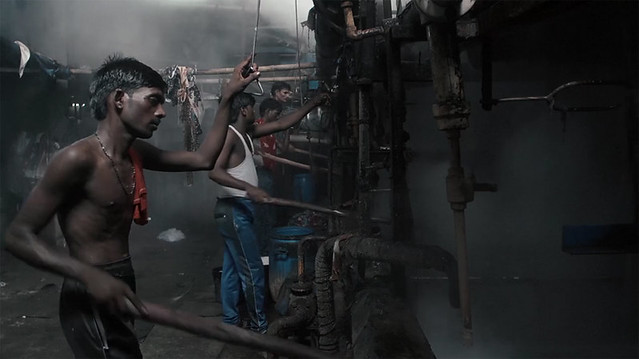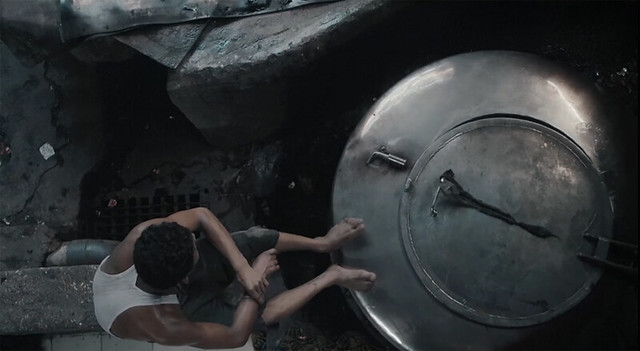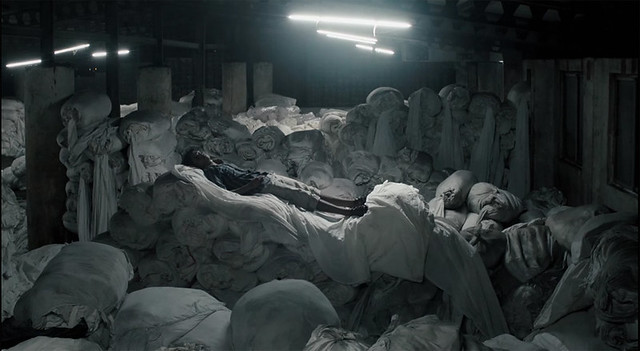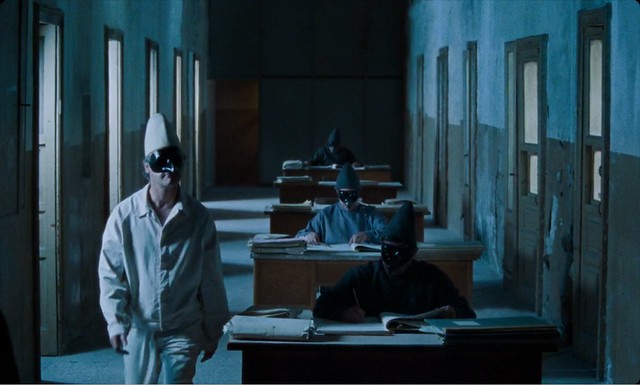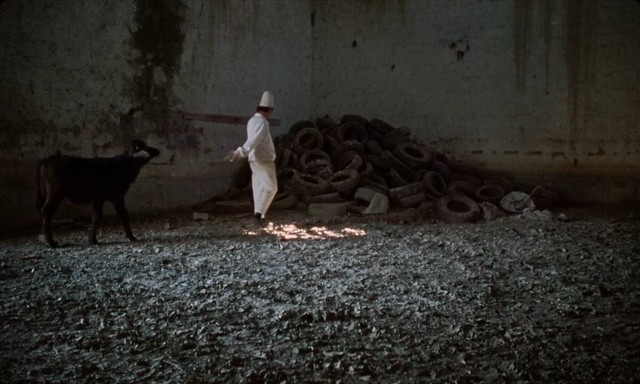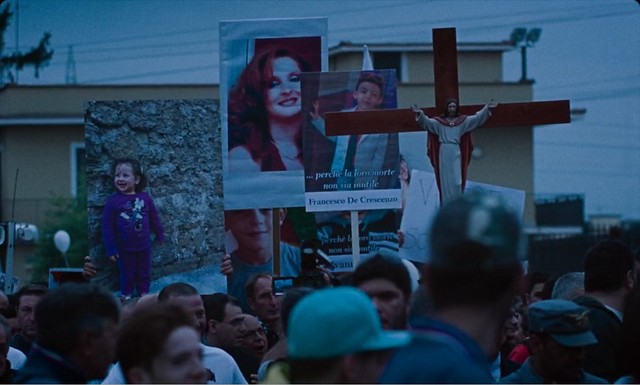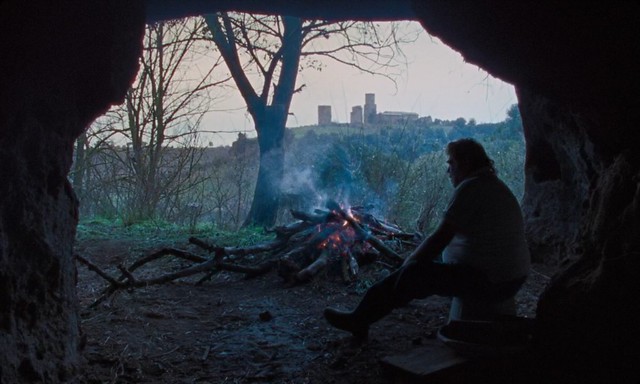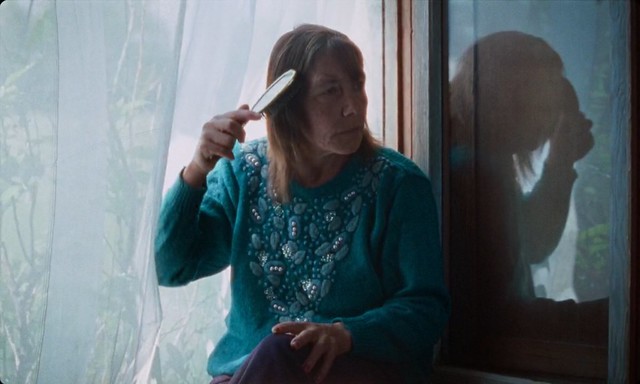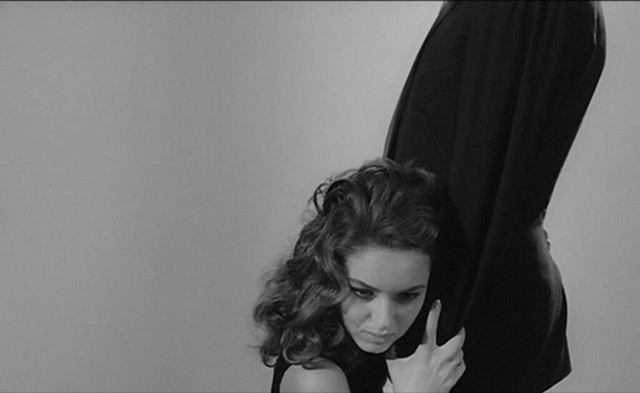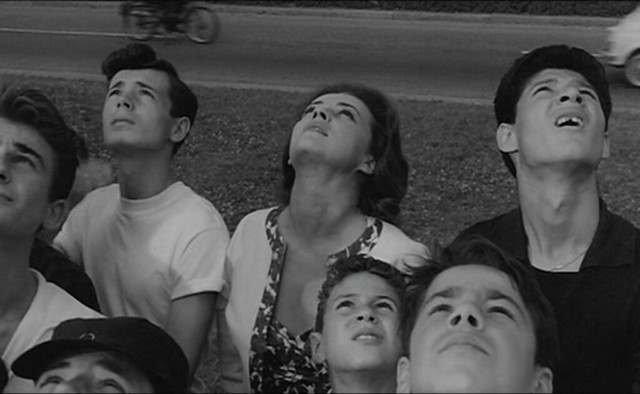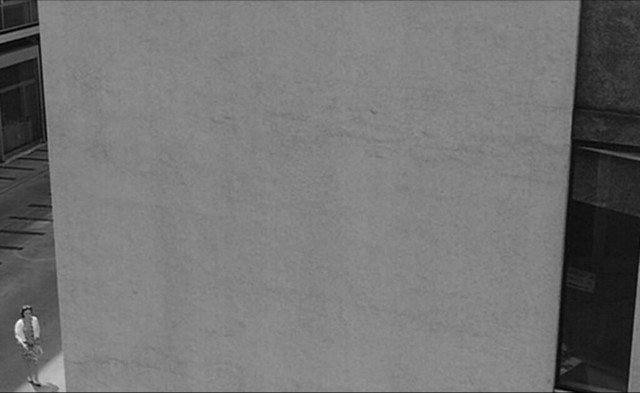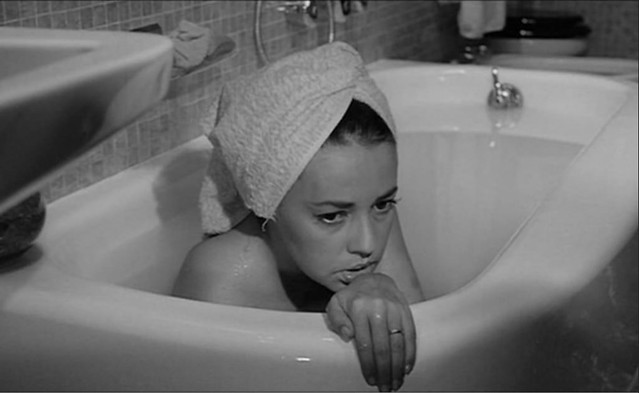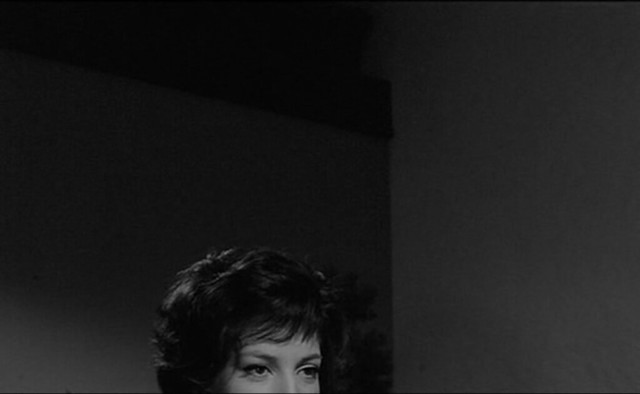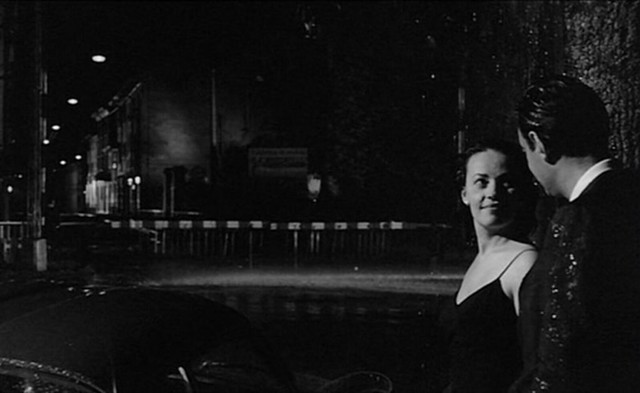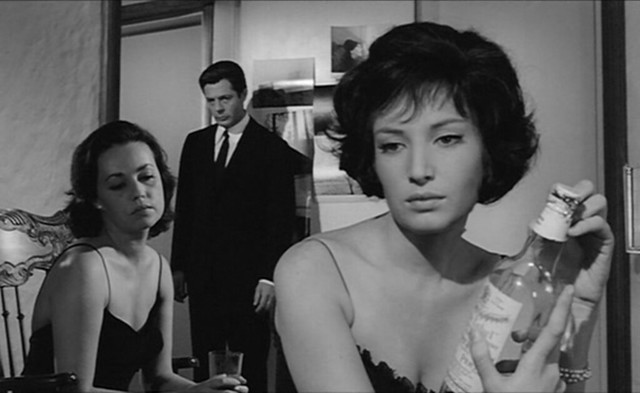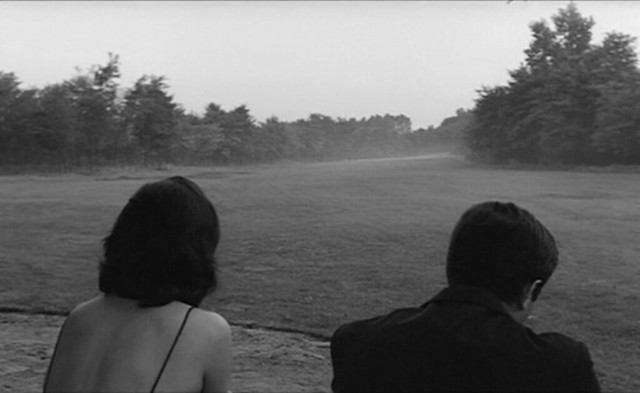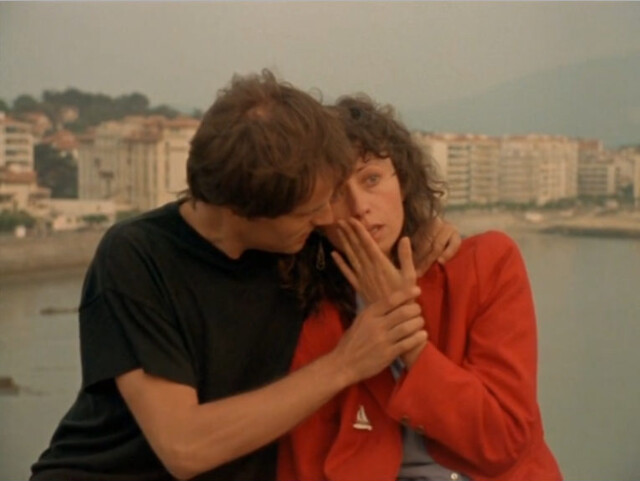
Delphine (Marie Rivière) just got dumped by her fiancé just before the Summer vacation. Now she has no idea where to go and who with. The Green Ray follows her one uncomfortable situations after another, as she vacillates, agonizes every choices she makes in desperation, out of loneliness. She doesn't want to go to Ireland with her sister's family. It's too cold there and weather's lousy. She agrees to go to Cherbourg with her friends but once she's there, she's miserable even though everyone around her is very nice and trying to accommodate her eccentricities at every turn. Her vegetarianism turns into a discussion on being light which Delphine can't quite explain (so as a lot of things she's feeling) and they end up calling her a being like a plant. Once back in Paris and still plenty of time left for her vacation, she goes to the mountains alone where she and her ex-fiancé have had a contact who rents out a cabin. But soon as she gets there, she gets bored, ends up coming back to Paris the same day- this must've been a nightmare scenario for Rohmer's producer: "what, you want to go to the Alps for a couple of shots that lasts less than a minute screen time for a character to show she doesn't know what she wants? Boy, that would be a logistical nightmare and will cost you half of your budget!"
Delphine's life might not be too exciting but she is a perfectly lovely woman. So she's not exactly an extrovert nor extremely neurotic. She cries a lot, out of her loneliness. The thing is, we've all been there or know someone who's been there. Rohmer gently, beautifully sketches out a woman who suffers greatly from loneliness but too stubborn to be outgoing. The Green Ray makes me think about the relationships in the age of social media generation where everyone seems to have their emotions on their sleeve, ready to divulge their innermost feelings for everyone to see. With her complicated feelings and her lack of clear communication skills, Delphine is a hard woman to like, but that's precisely why I find her so lovely and relatable.
Back in Paris, she runs into an acquaintance who has an access to an apartment in the resort beach town of Biarritz. So she is off to Biarritz, swimming on the beach but still lonely. She meets a vivacious topless Swedish girl who doesn't take things as seriously as she does. The two men come over to flirt with them. They are perfectly nice, but that's not what Delphine wants. After she runs away from the scene, she eave drops old folks talking about the green ray, a rare occurrence where you see the sliver of green light at the tip of the setting sun for a second as it disappears on the horizon. Dephine needs that rare occurrence in her life. That it is possible that there is somebody who is in the same wavelength as you. However rare meeting that person is, it could happen.
Deeply humanistic and beautifully drawn, Le rayon vert is one of my new favorites of all time.

